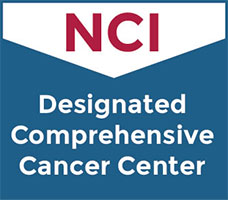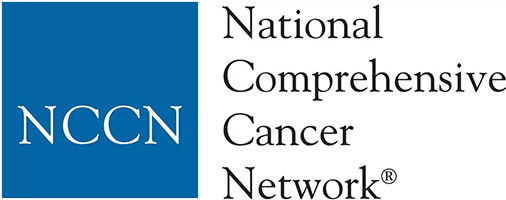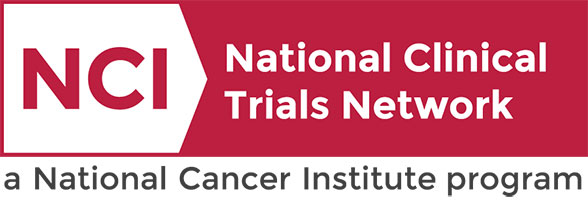Clinical Trials Search at Vanderbilt-Ingram Cancer Center
A Randomized Study of ASTX727 With or Without Iadademstat in Advanced Myeloproliferative Neoplasms (MPNs)
Leukemia
Leukemia
This phase II trial compares the effect of ASTX727 in combination with iadademstat to ASTX727 alone in treating patients with accelerated or blast phase Philadelphia chromosome negative myeloproliferative neoplasms (MPNs). ASTX727 is a combination of two drugs, cedazuridine and decitabine. Cedazuridine is in a class of medications called cytidine deaminase inhibitors. It prevents the breakdown of decitabine, making it more available in the body so that decitabine will have a greater effect. Decitabine is in a class of medications called hypomethylation agents. It works by helping the bone marrow produce normal blood cells and by killing abnormal cells in the bone marrow. Iadademstat may stop the growth of tumor cells by blocking some of the enzymes needed for cell growth. Giving ASTX727 in combination with iadademstat may be more effective than ASTX727 alone in treating patients with accelerated or blast phase Philadelphia chromosome negative MPNs.
Leukemia
II
Kishtagari, Ashwin
NCT06661915
ETCHEM10675


